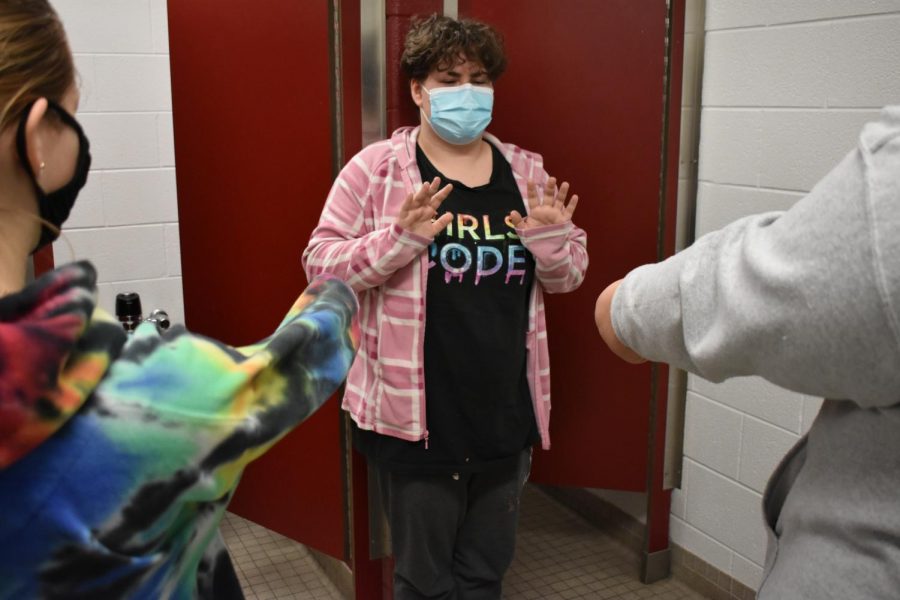How do students respond to peer pressure?
A student says “no” to peer pressure.
March 5, 2021
What is peer pressure? According to “Dictionary.com,” the definition of peer pressure is, “Social pressure by members of one’s peer group to take a certain action, adopt certain values, or otherwise conform in order to be accepted.” Parents have always taught their children to stay away from making wrong decisions, but nowadays teens don’t care.
According to “Children’s Health,” the different types of peer pressure include; spoken and unspoken, direct and indirect, and negative and positive. Stacie Goran, Teen Recovery Program Manager at Children’s Health, says “Teens have so much on their plates.” She also says, “Between school expectations, parental guidelines, the desire to fit in and the influences of their peers, it’s easy to become overwhelmed and follow the group. It’s important that teens develop their own identity and learn how to hold firm to their values to avoid peer pressure.” She goes on to say that six out of 10 high school students get peer pressured in their high school years. Also that the average age students get peer pressured is 14.
According to Evelynn Gutierrez, a sophomore, she says “Peer pressure is more of a choice.” She adds, “Your morals should come first, and you should always remember them.” She believes that you should never put yourself in a situation where you have to decide to go against your values.
According to an anonymous student at SLHS, say that her experience with peer pressure was very horrifying. She was in a situation where she felt she had no choice but to drink alcohol. She says, “I was so uncomfortable and was trying to fit in.”
“The people I was with were older and definitely not my friend group,” she continues to say.
Peer pressure can be a very uncomfortable topic to speak of, but is also very important to be aware of it even if it hasn’t happened to you.


